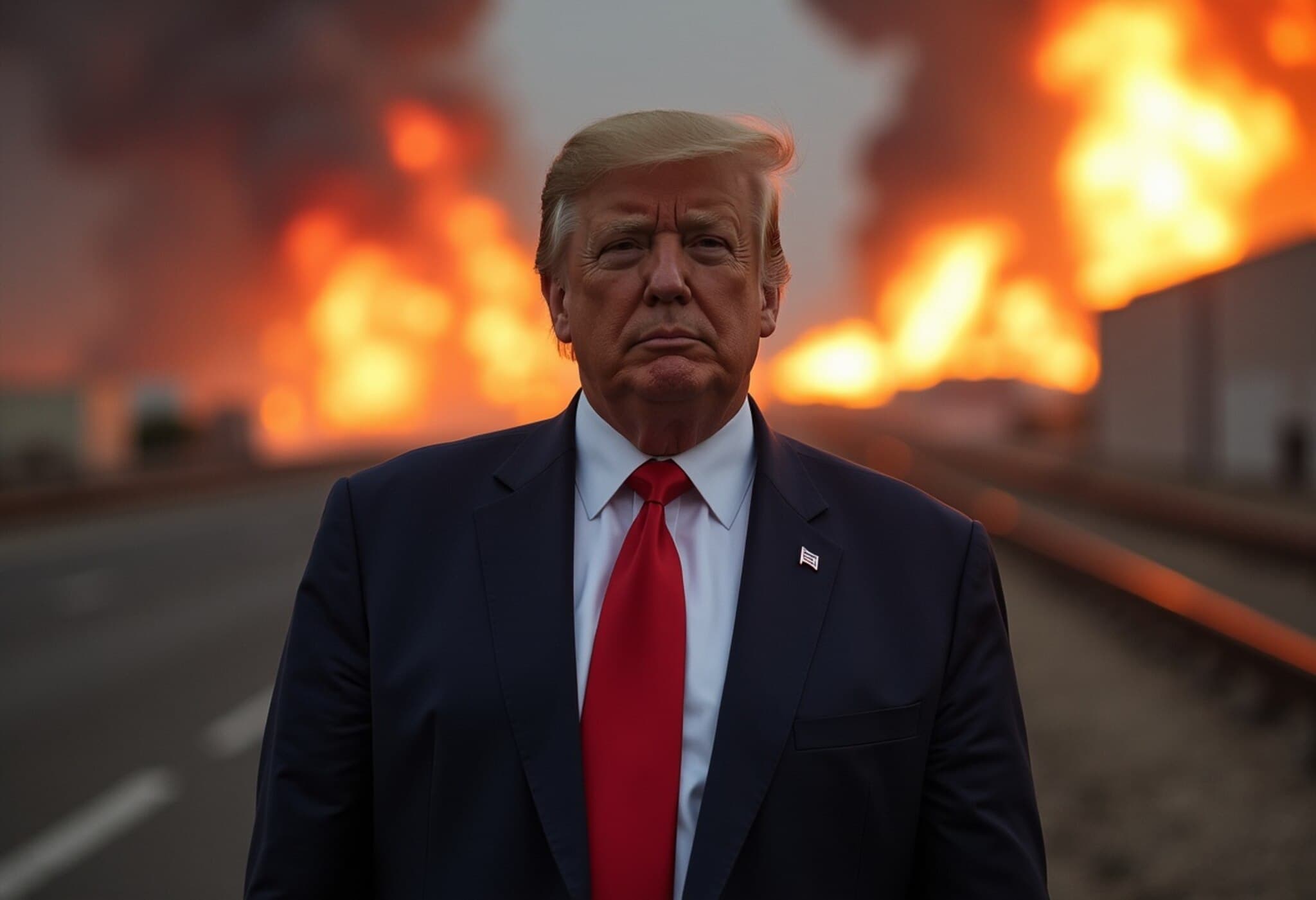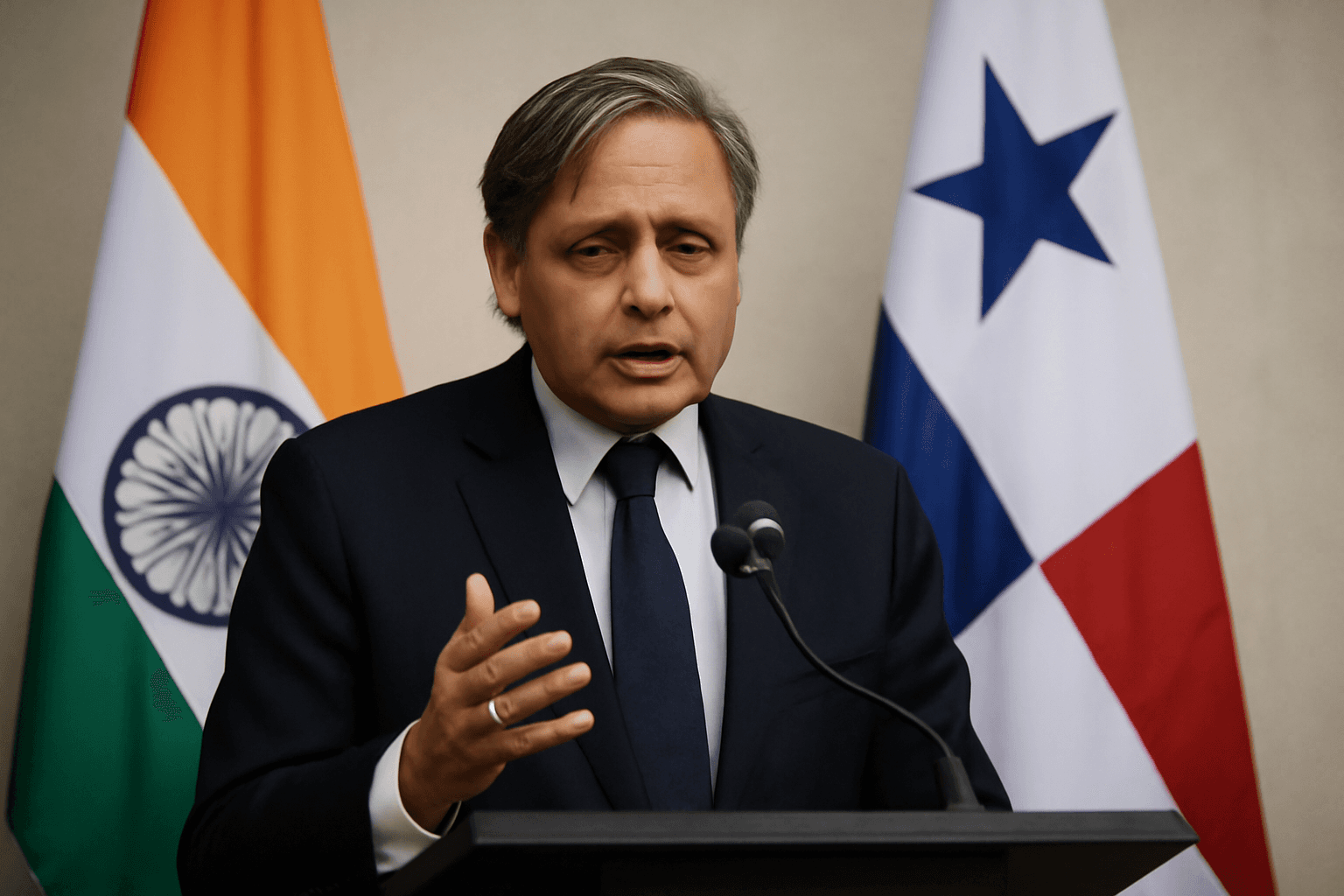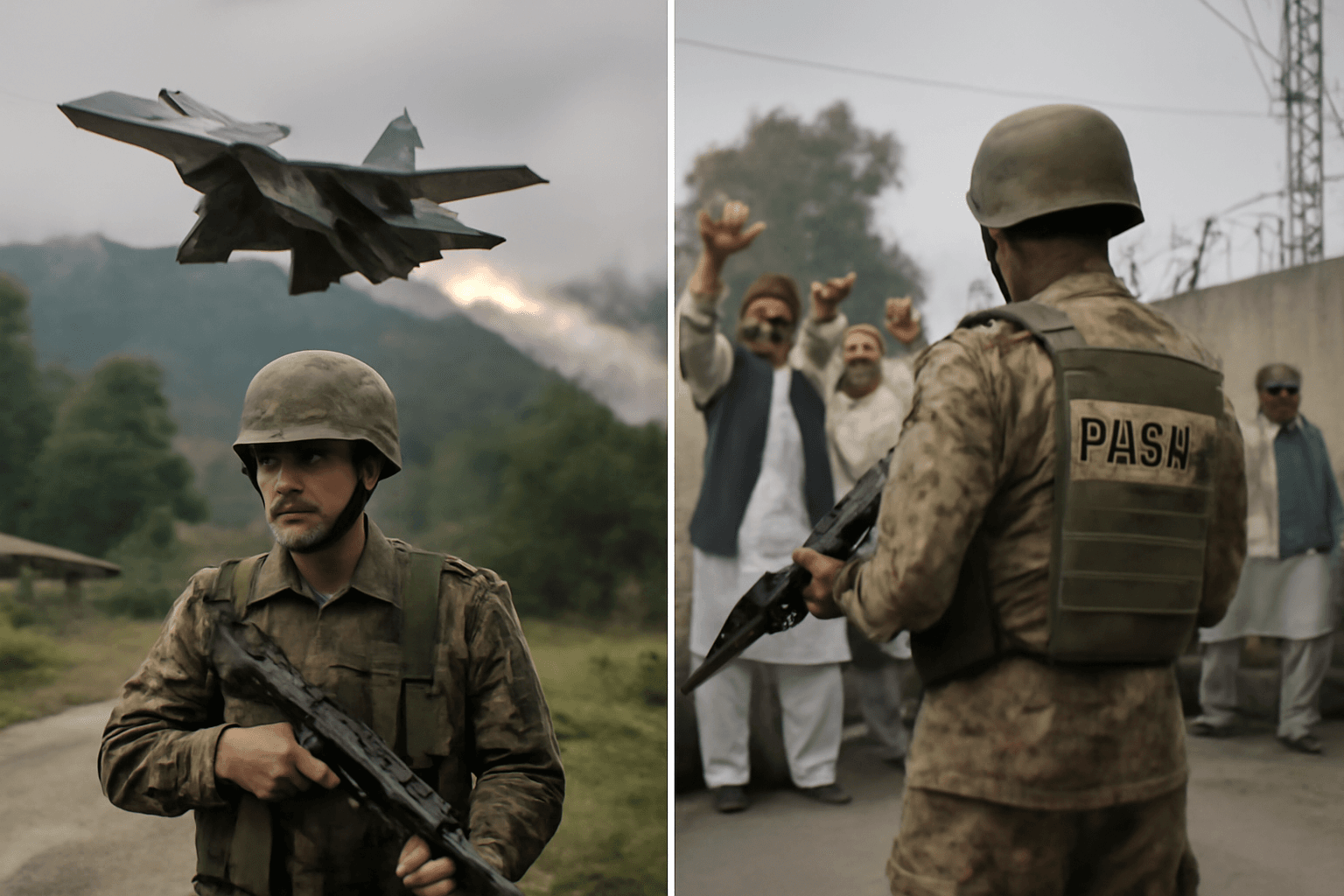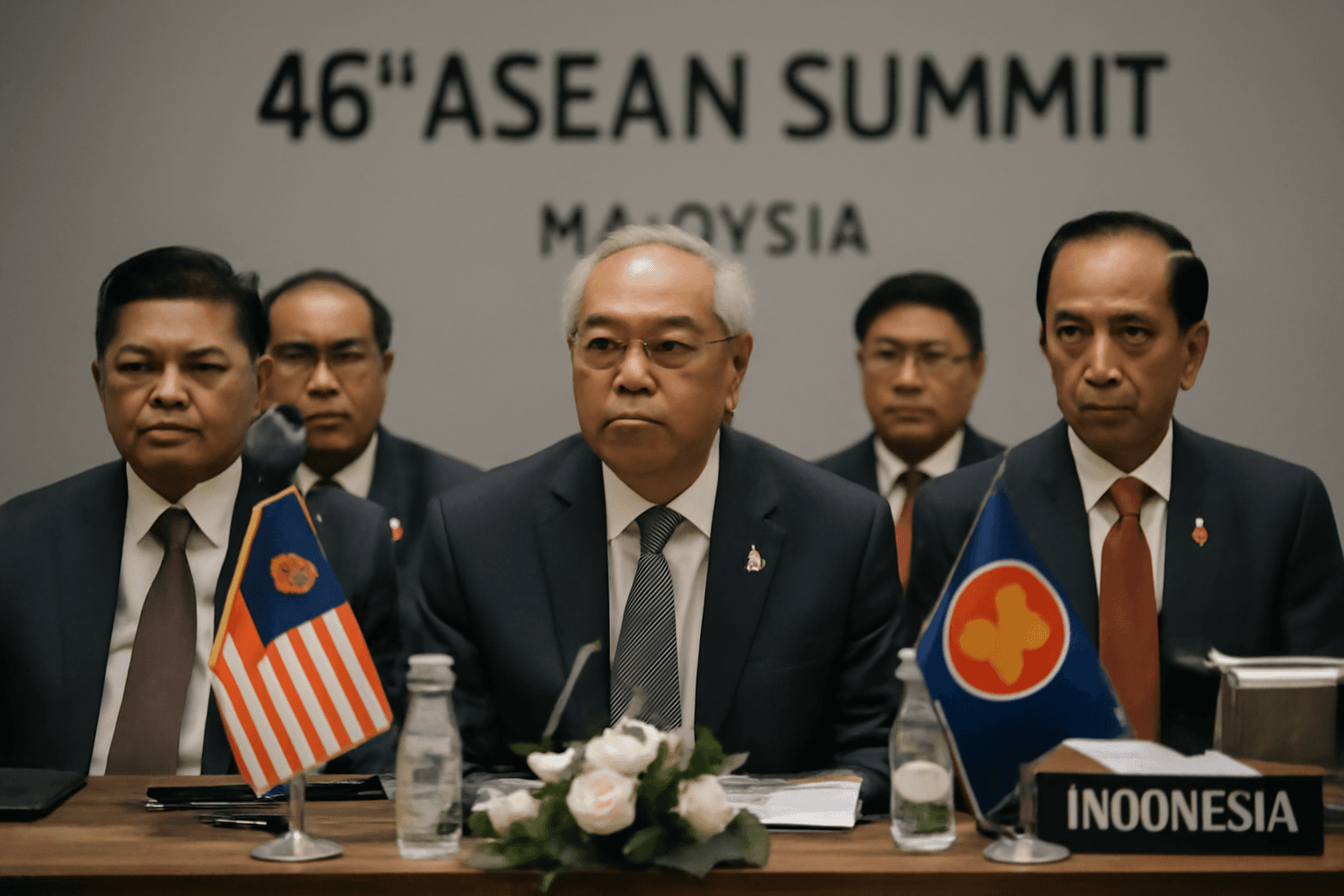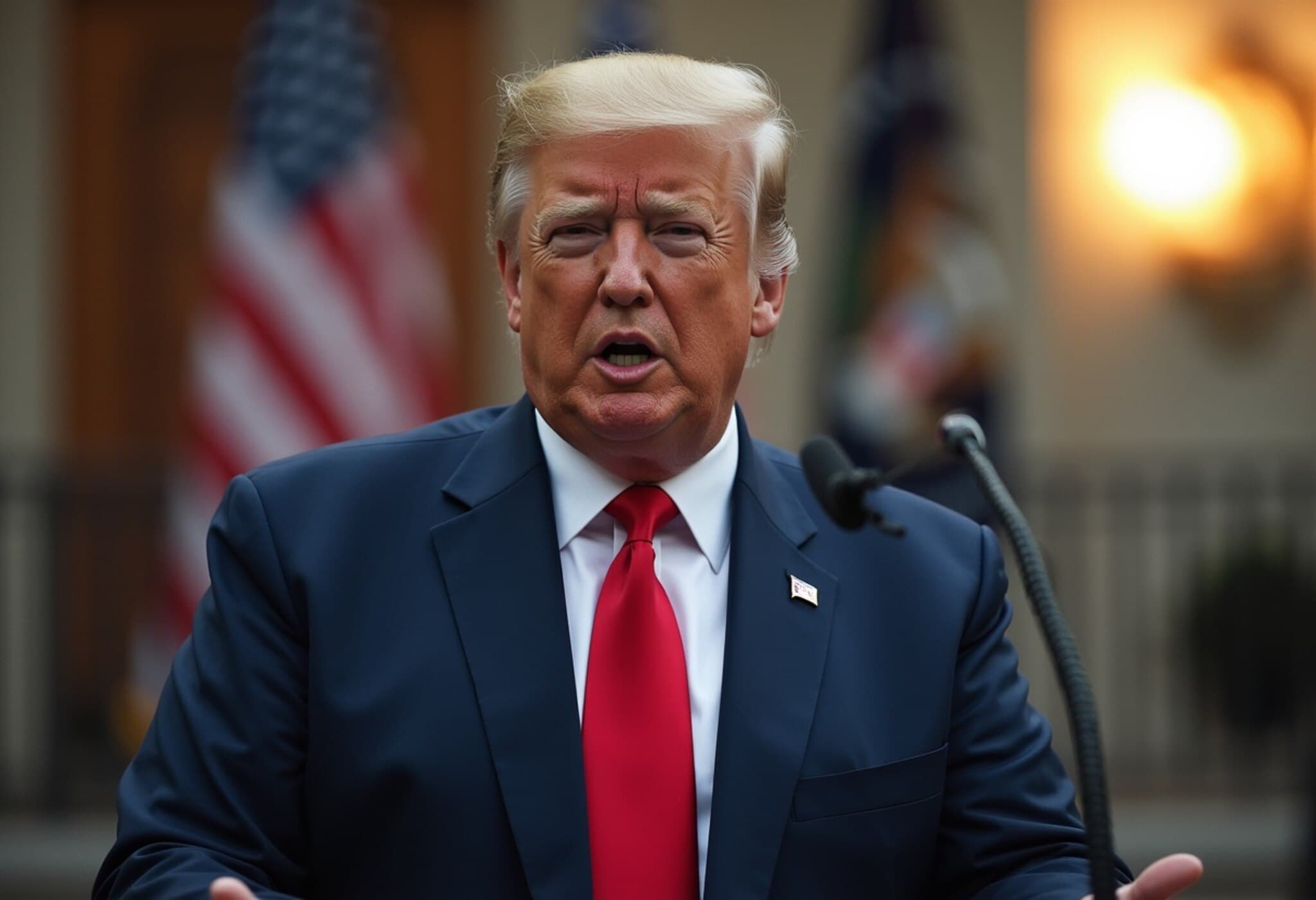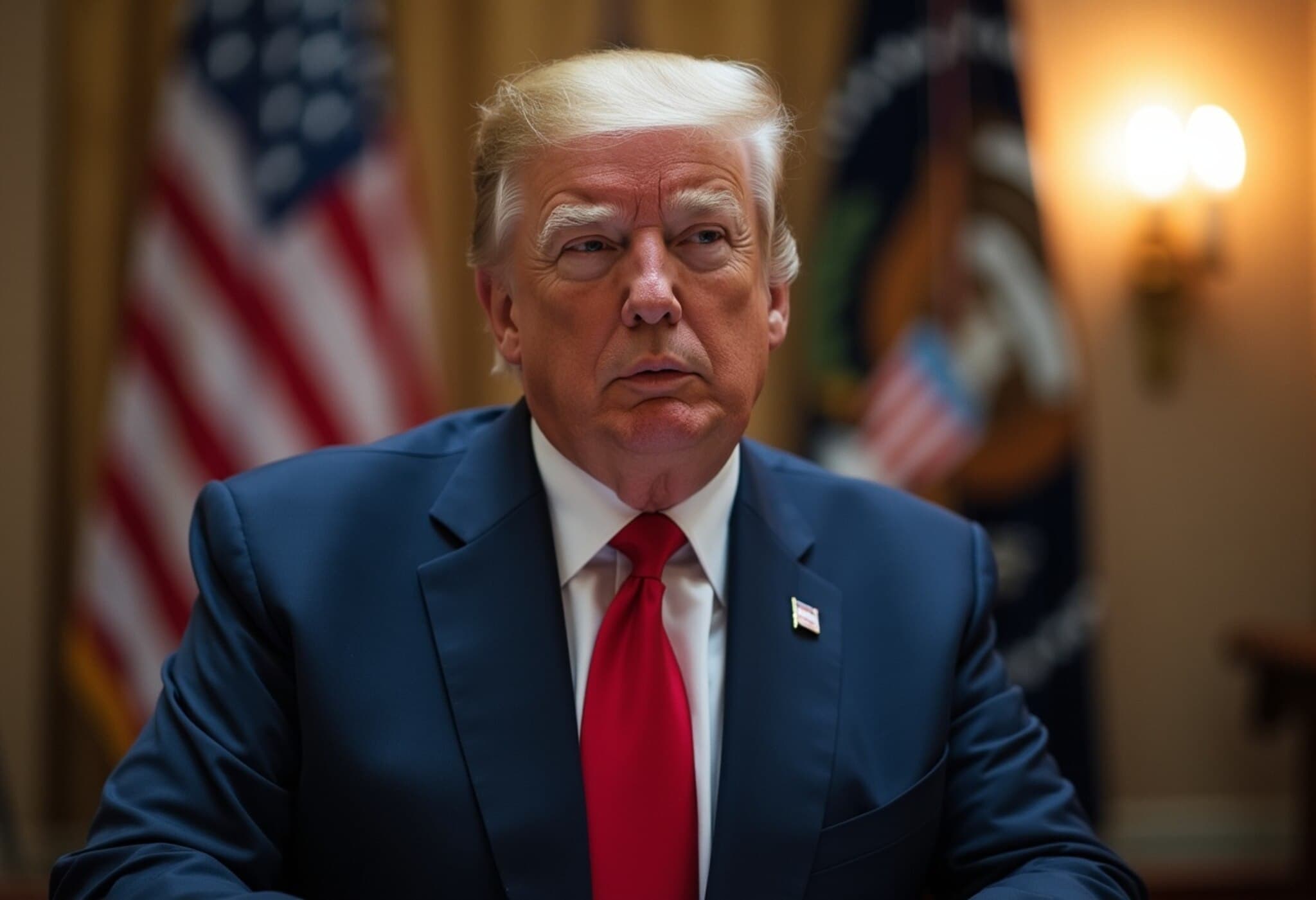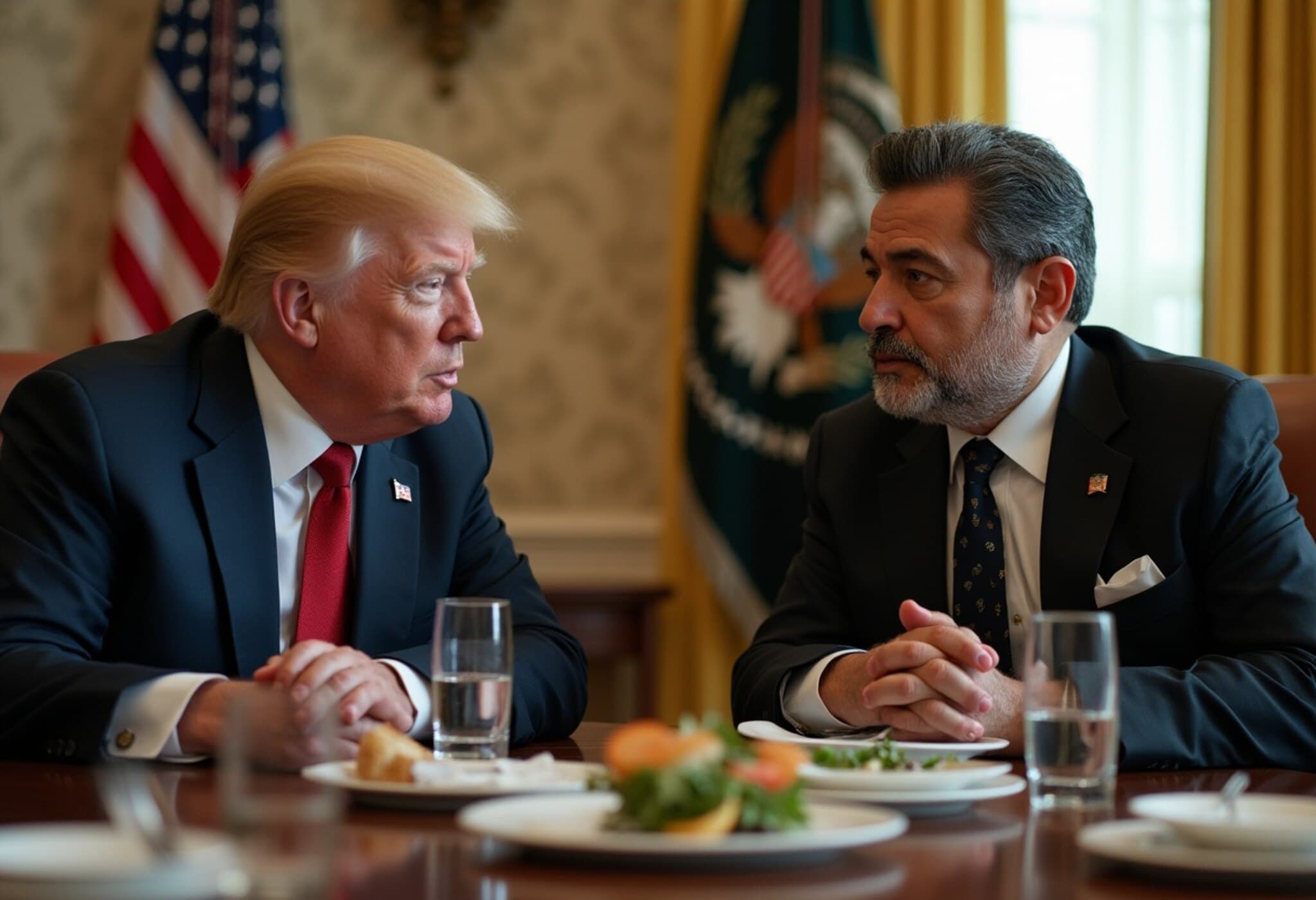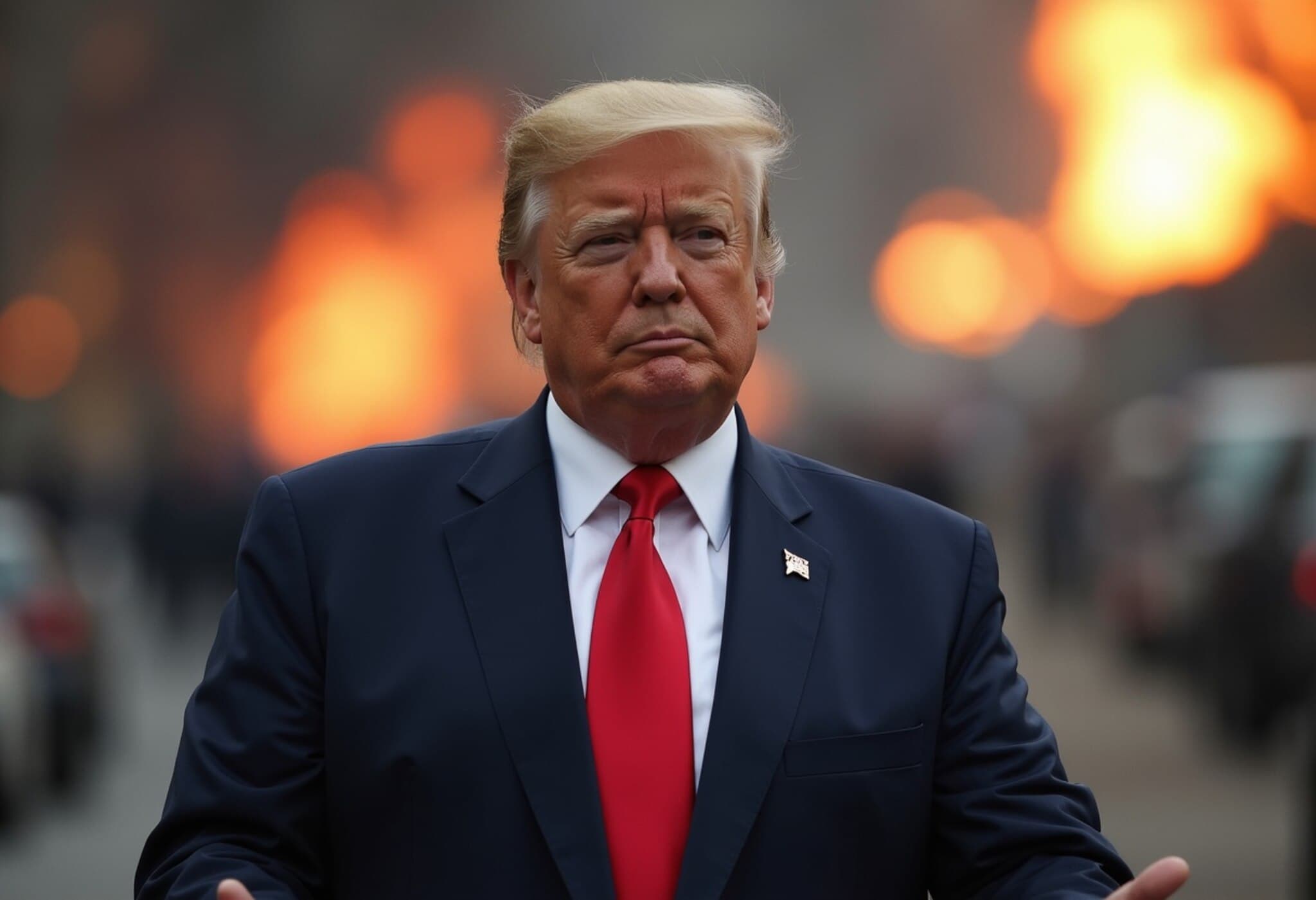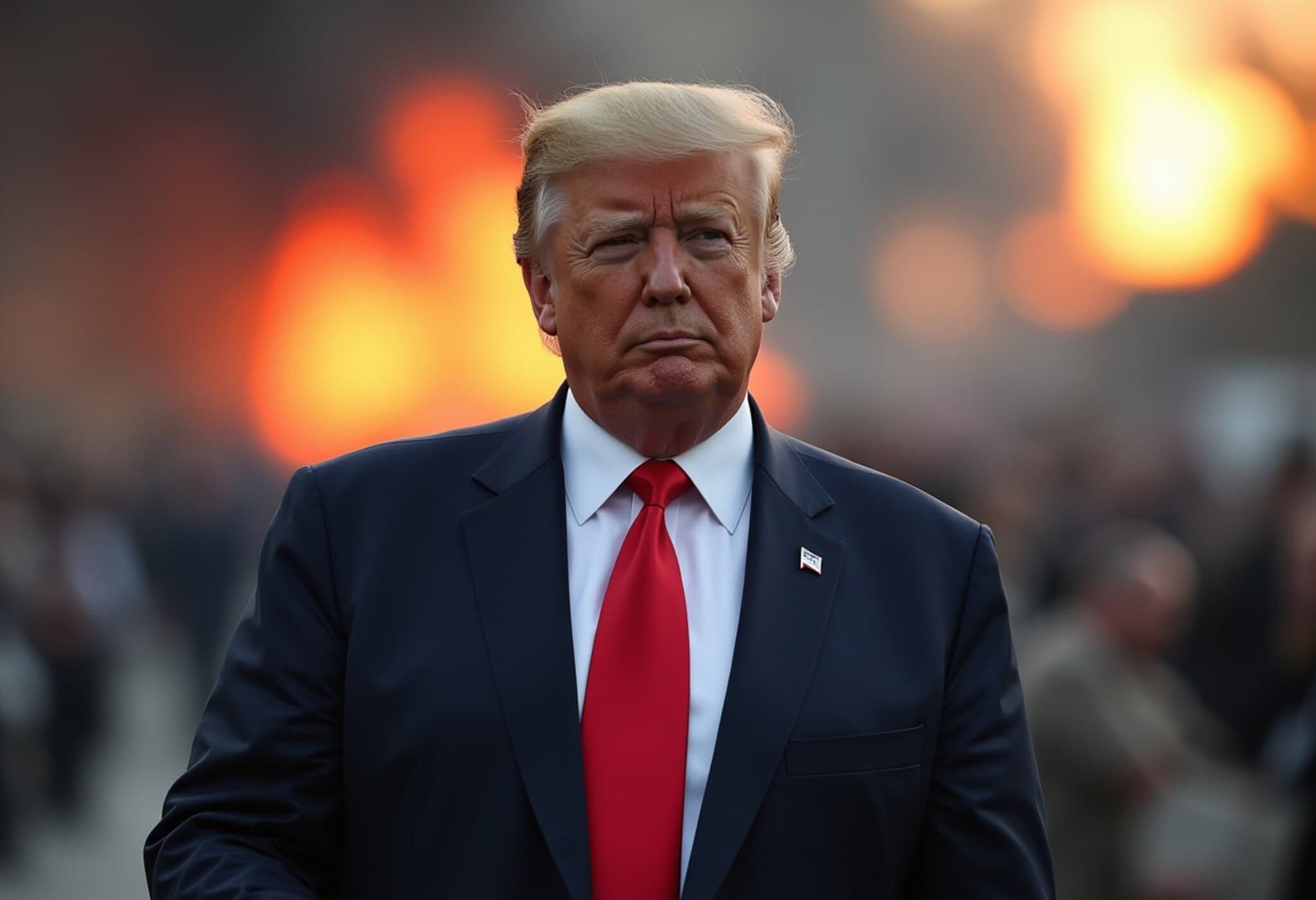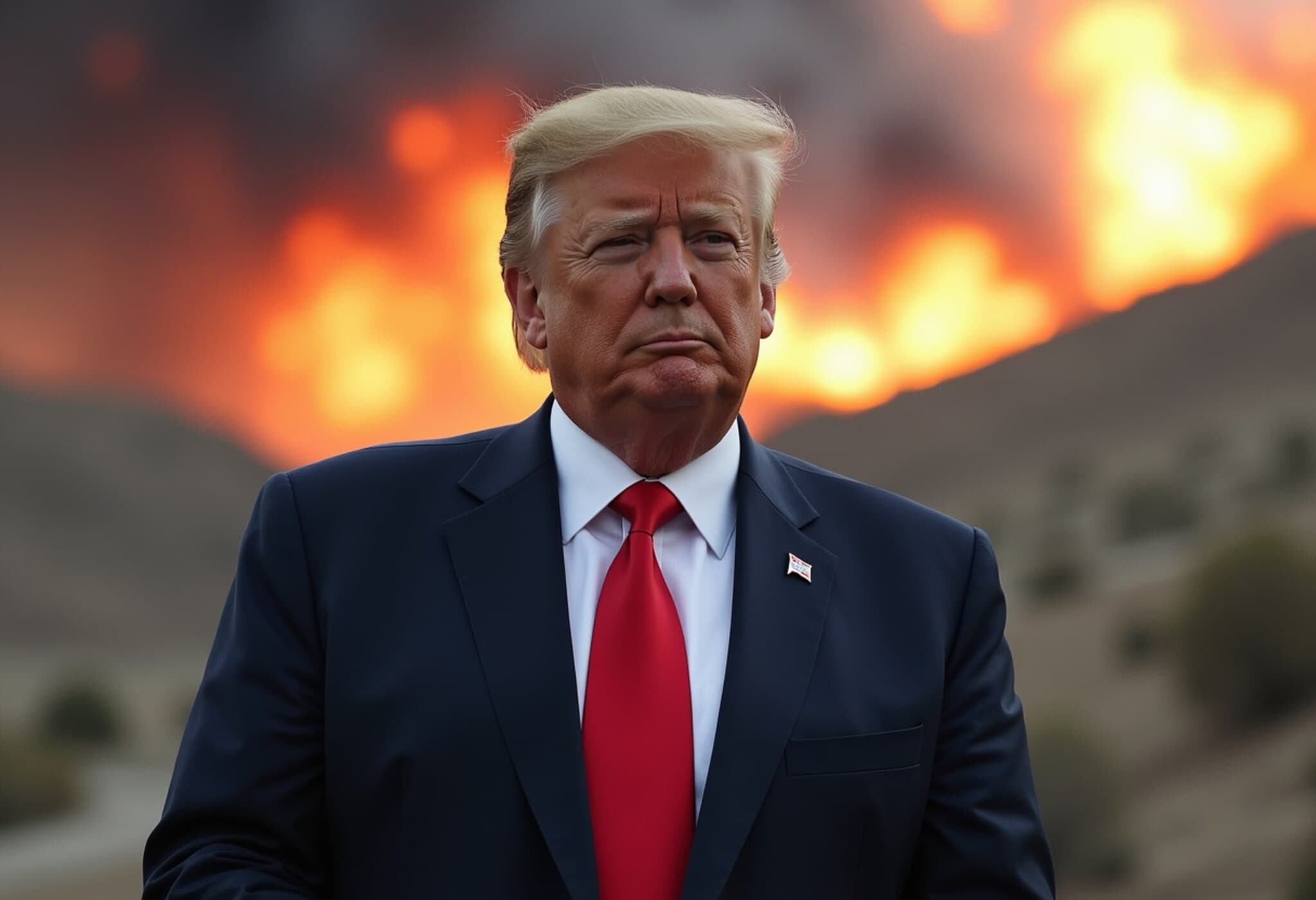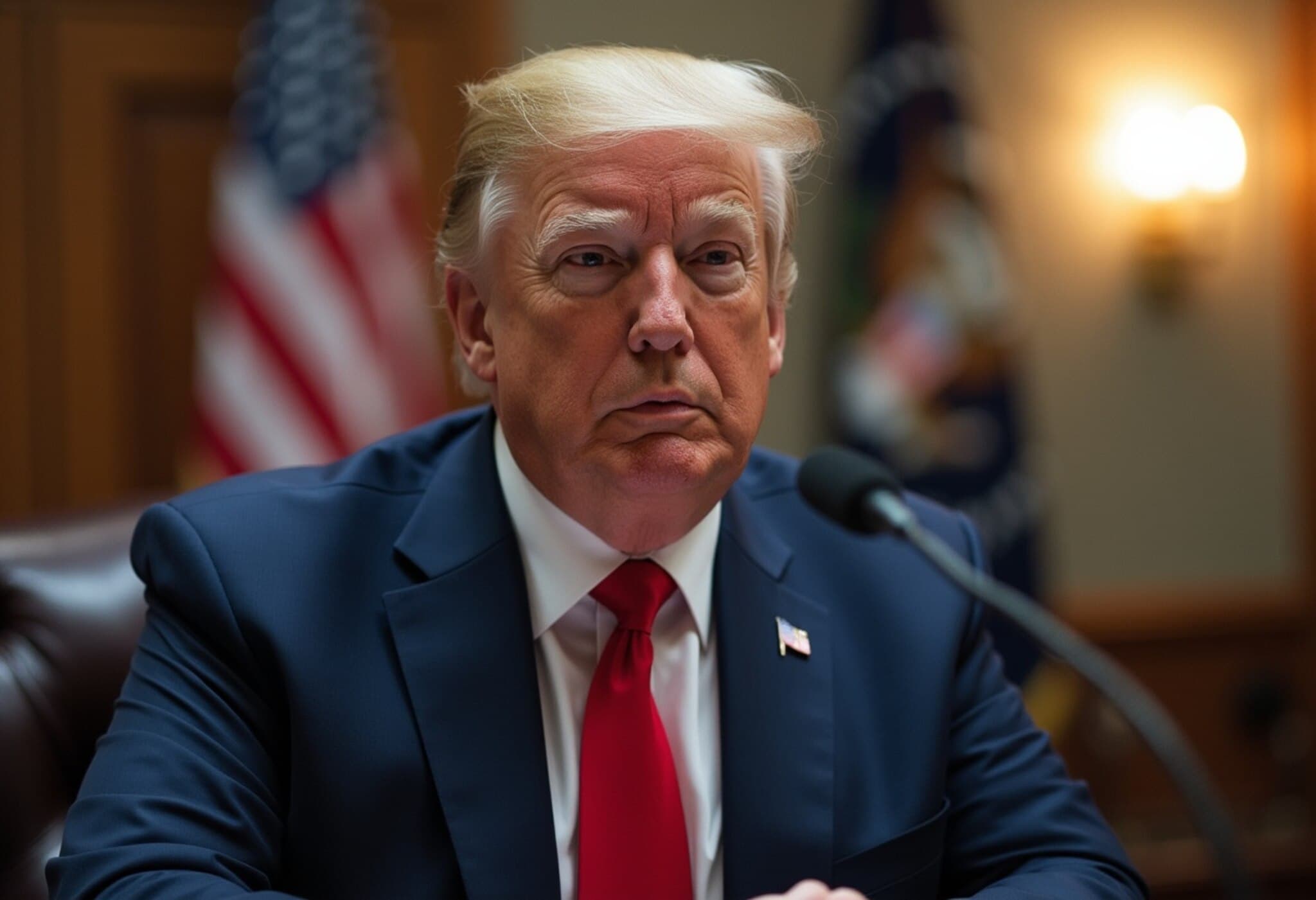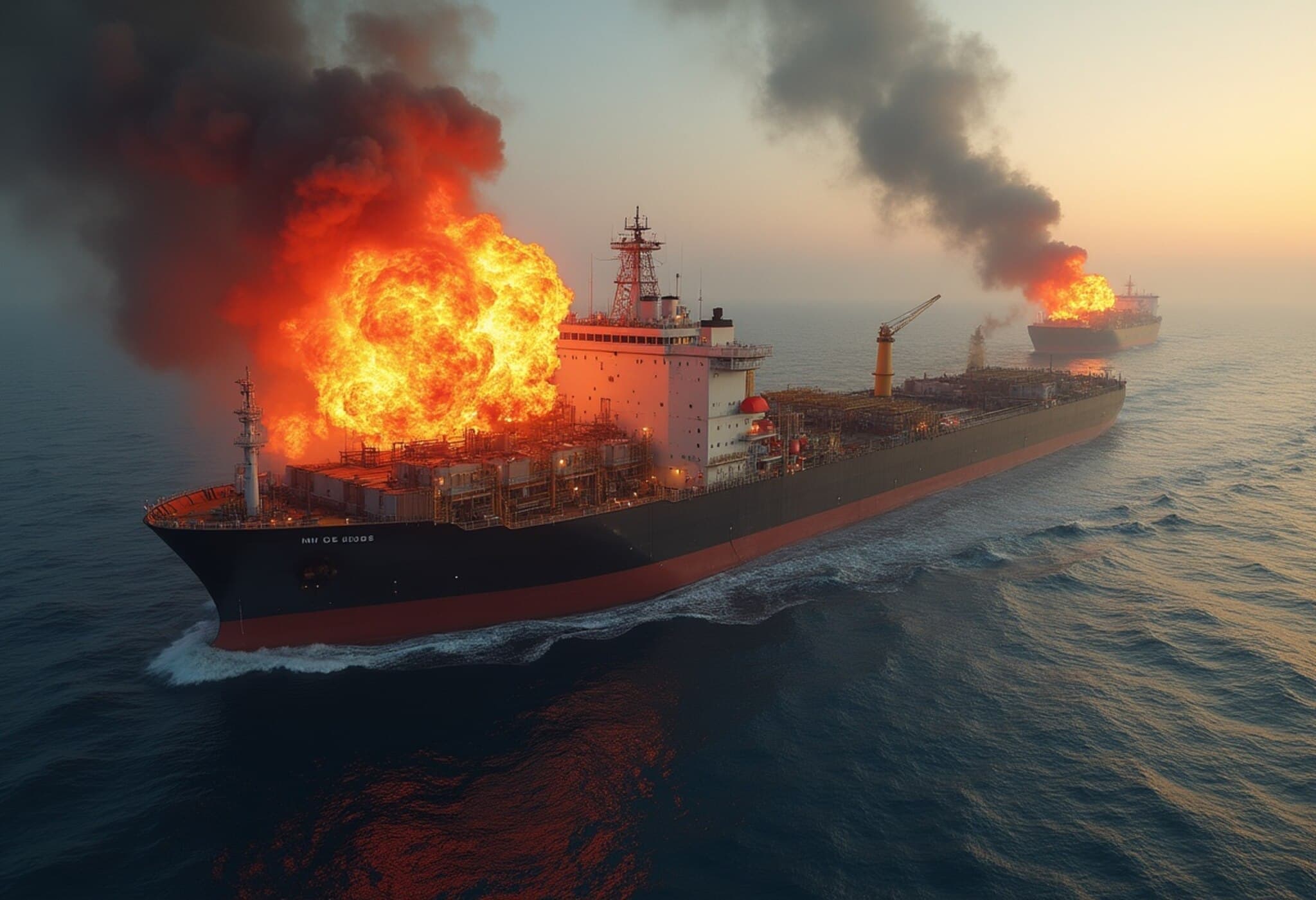Trump Decided on Iran Strike Just Minutes Before Bombing
In a dramatic turn of events, US President Donald Trump reportedly gave the final green light to attack Iranian nuclear facilities mere minutes before the bombs were dropped. This revelation came from Vice President JD Vance during a recent television interview.
Details of the Attack Timeline
The strikes took place Saturday evening at around 6:40 p.m. ET, which corresponded to approximately 2:10 a.m. local time the next day in Iran. The bombs targeted key nuclear sites using massive bunker-buster munitions renowned for penetrating fortified underground structures.
Behind the Scenes: Days of Deliberation
While Trump had been considering US involvement for several days, publicly directing his press secretary to mention a potential two-week timeline, insiders suggest the president leaned towards support for Israel’s campaign during private consultations. Diplomatic efforts were still underway through envoy Steve Witkoff as the situation escalated.
Final Authorization and Execution
A senior White House official confirmed that Trump issued the final order on Saturday and charged Defense Secretary Pete Hegseth with carrying out the military action. Notably, Trump retained the ability to halt the strike until the very last moment but chose to proceed.
Uncertain Aftermath: Watching Iran’s Next Moves
Vice President Vance emphasized the delicate nature of the current situation, highlighting the US’s close monitoring of Iran’s response, especially regarding potential attacks on American troops or continued nuclear activities. According to Vance, the coming 24 hours would be critical to understanding Tehran’s intentions.
So far, the US has intercepted some indirect communications from Iran. Meanwhile, Defense Secretary Hegseth noted that both public and private messages are being conveyed to Iran through multiple channels.
Potential Regional Consequences
Discussing possible Iranian attempts to disrupt shipping through the Strait of Hormuz, Vance warned such actions would be self-destructive, devastating Iran’s economy. He also reiterated the administration’s disinterest in deploying ground troops, trying to assuage fears of a broader military escalation.
Calls for Direct Negotiations
In the wake of military strikes, US Secretary of State Marco Rubio urged Iran to engage in direct talks. He reaffirmed America’s openness to diplomatic solutions, highlighting a stance that allows Iran a civil nuclear program without uranium enrichment.
Rubio stressed that while Iran has played negotiation games and ignored US overtures, the possibility of dialogue remains. He sharply criticized Tehran’s indirect communication methods and expressed a preference for straightforward discussions to peacefully resolve the nuclear dispute.
The US Position on Nuclear Energy in Iran
According to Rubio, Iran faces a simple choice: pursue nuclear energy without uranium enrichment — a path followed by many countries worldwide — or face the consequences of its current trajectory, which the US views as a stepping stone toward nuclear weapons development. Iran has consistently rejected proposals constraining its ability to enrich uranium.
Focused Military Goal: Preventing Nuclear Weaponization
Vice President Vance clarified that the US aims to avoid protracted conflict, instead targeting a specific mission: eliminating Iran’s nuclear weapons capabilities. This precision approach, Vance said, will drive American foreign policy actions in the coming months.
Advisories for American Citizens in Iran
With tensions high, the US State Department has advised citizens in Iran to shelter in place and not expect government-assisted evacuation options. Travelers are encouraged to leave via existing means promptly, as the US currently lacks diplomatic presence in Tehran. Compounding the situation, Switzerland’s protecting power office, which aids US citizens in Iran, has temporarily closed.
Conclusion
The strike on Iranian nuclear sites marks a pivotal moment in US-Iran relations, underpinned by last-minute decisive leadership and ongoing efforts to manage a highly volatile regional situation. The developments have left many watching closely to see how Tehran will respond and whether diplomacy will find a way forward amid military confrontation.

